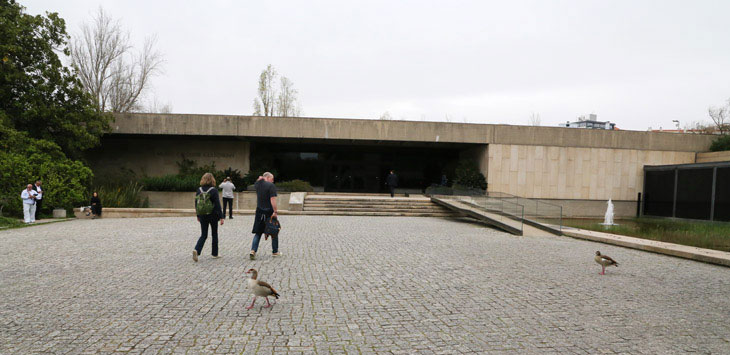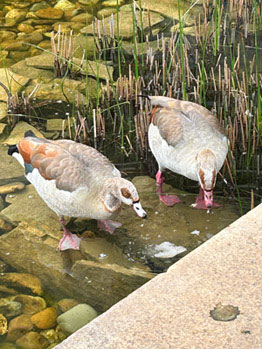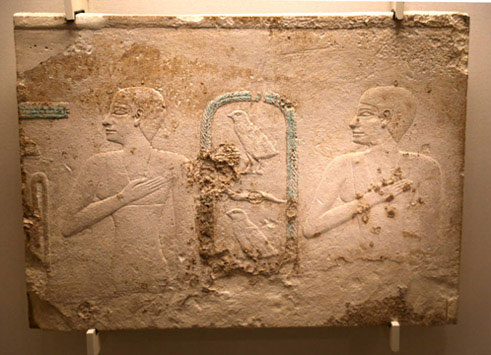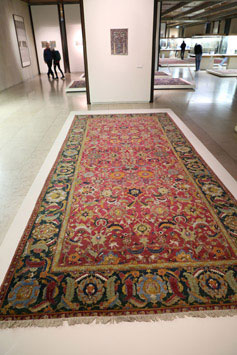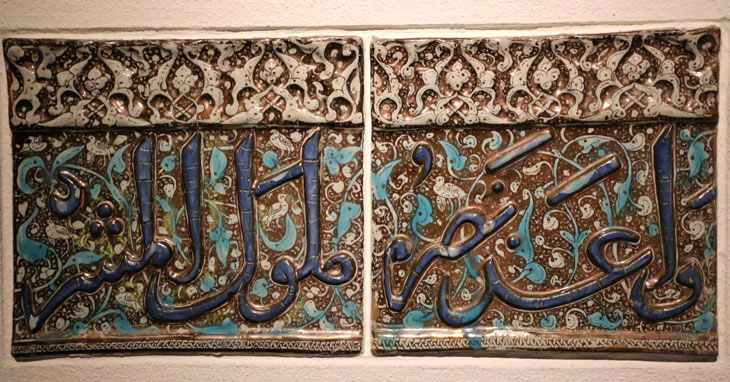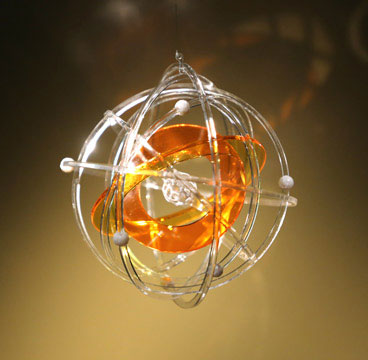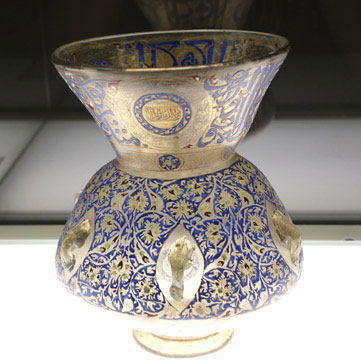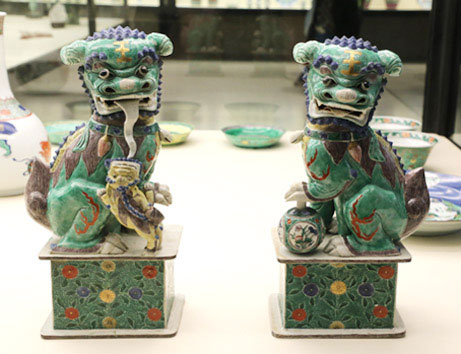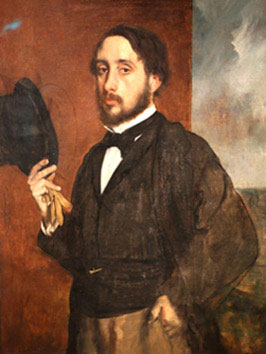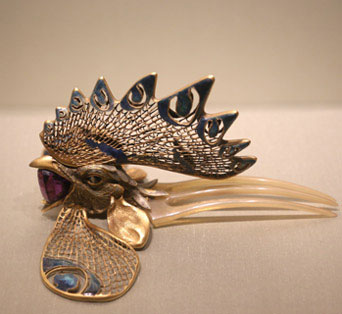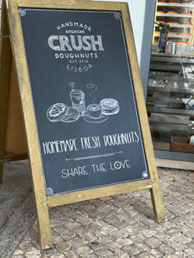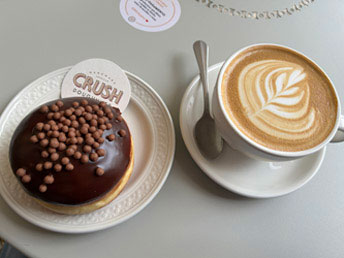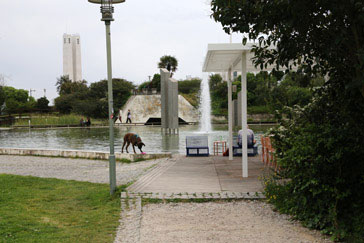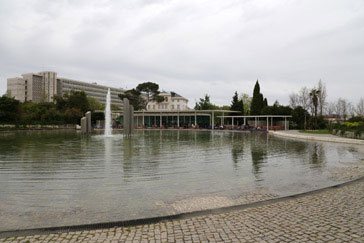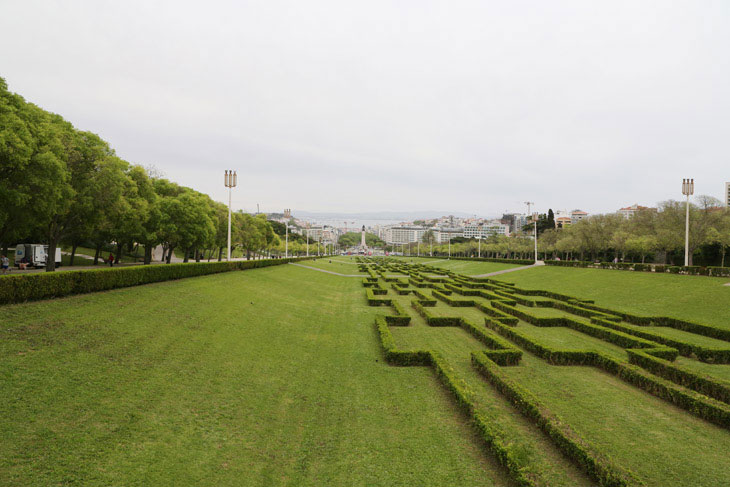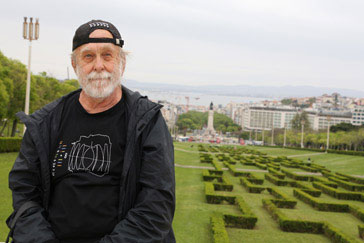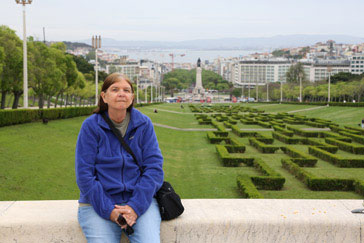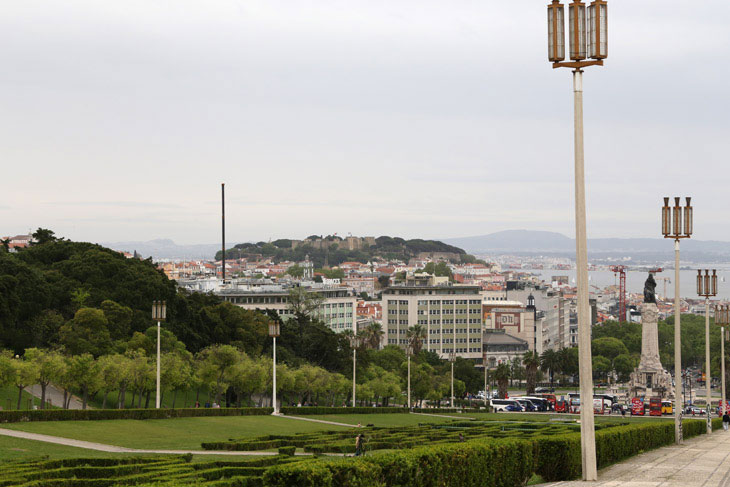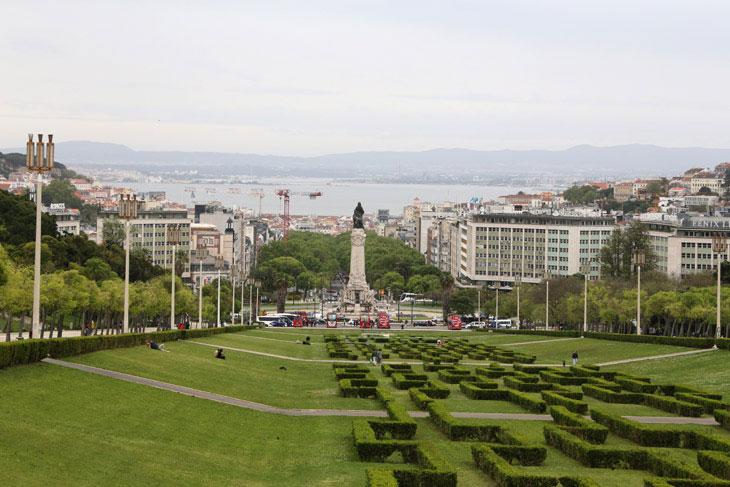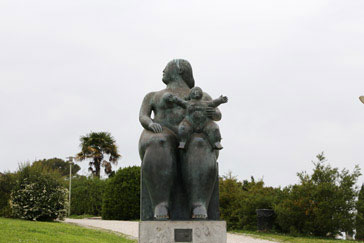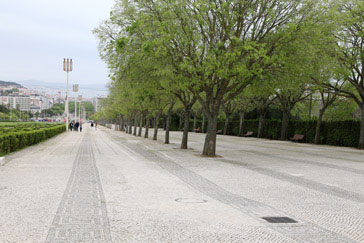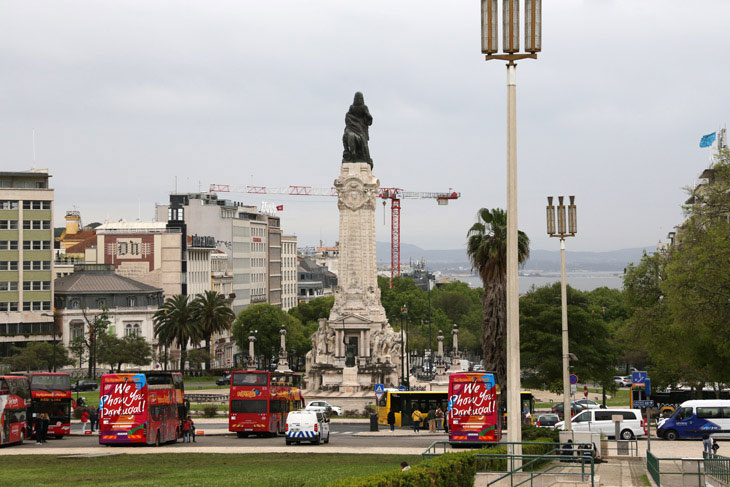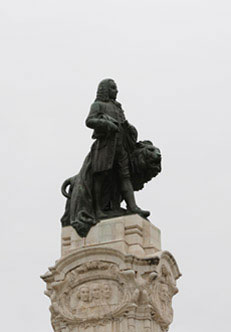Childhood Dreams
The Calouste Gulbenkian Museum
Rick Steeves seems to be quite fond of the Gulbenkian Museum so we were anxious to visit it. Our initial searches
of the internet left us disappointed because it seemed that the museum was closed for renovations, but eventually
we figured out that the museum is housed in two buildings - the main collection and the modern collection. The modern
collection was closed, but the main collection was open so we boarded the metro, emerged in a somewhat confusing mall,
and wandered through a large park until we found this unassuming building.
Although the facade of the Gulbenkian Museum is not remarkable, some interesting-looking ducks live in the adjoining
fountain and there is a truly impressive collection of masterpieces inside.
Calouste Gulbenkian was an Armenian who was born in 1869 in Turkey. After attending schools in France and England, he
returned to Turkey to start an oil business, but he and his family were forced to flee in 1896 due to the massacres
of Armenians in that country. After spending some time in Egypt, he moved to London and acquired British nationality.
Over the years, he accrued a huge fortune and bought a small palace in Paris where he kept the massive collection of
art that he was accumulating. When the Second World War broke out, he moved to Lisbon where he lived until his death
in 1955.
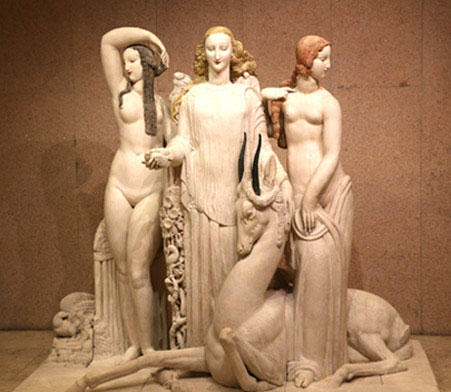
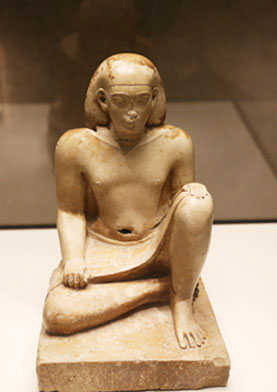
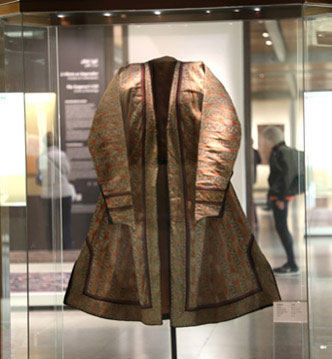
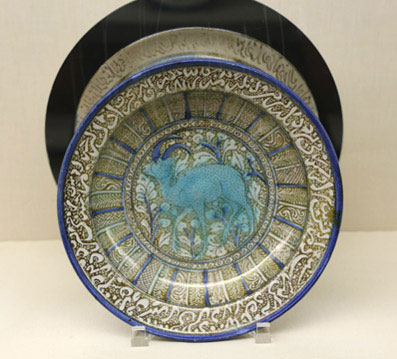
Over the course of his lifetime, he collected over 6,400 pieces of art including objects from antiquity to the 20th
century. Security became a concern because the four story, three basement palace in Paris was crammed with art so
in 1936 the Egyptian art in his collection was sent to the British Museum and the finest paintings were sent to the
National Gallery in London. Many years later after disagreements with the British government, the paintings that had
gone to London were moved to the National Gallery of Art in Washington.
He wanted the bulk of his collection to be displayed in one place, but at the time of his death he had not decided
where this would be so the decision was left to his lawyer. Negotiations with the French Government and the National
Gallery in Washington ensued, but eventually, 14 years after his death, the museum in Lisbon was specially built to
house the collection.
It's interesting to note that nothing in the museum was created by a Portuguese artist.
One room of the museum is dedicated to the work of Gulbenkian's friend Rene Lalique who was a well-known jeweller,
medalist and glass designer in the 1920's.
The museum is the perfect size. You can see everything on display without becoming too tired because only a few
select objects from each epoch are displayed. It is also not terribly crowded. We really enjoyed our visit here.
Afterwards, we fortified ourselves with a snack from a nearby shop.
Then we trudged up a steep path into the lovely 64 acre Edward VII Park.
Eventually we reached a lookout point with a great view of the city, and continued down the hill to Marquês
de Pombal Square.
You could, of course, also see the Castelo de São Jorge.
Many festivals and other events are held in the park throughout the year, but on this day we had it
pretty much to ourselves.
On the way down, we passed the Carlos Lopes Pavilion built for the 1922 Rio de Janeiro International
Exposition.
A statue of the Marquês de Pombal sits on the busy traffic circle that bears his name. He is one of
the most controversial figures in Portuguese history. As the chief minister to King Joseph I, he effectively
ruled the Portuguese Empire from 1750 to 1777. He demanded absolute compliance to his will and once ordered
the burning of a village with all its inhabitants inside because they had refused to follow his orders.
On the positive side, he was responsible for the rebuilding of Lisbon after the great earthquake of 1755.
Our hotel on the Avenida Liberdade was only about 1 km from here, and since the walk was all downhill,
we carried on. We had done a bit more walking than we had counted on, but it had been an enjoyable day.
